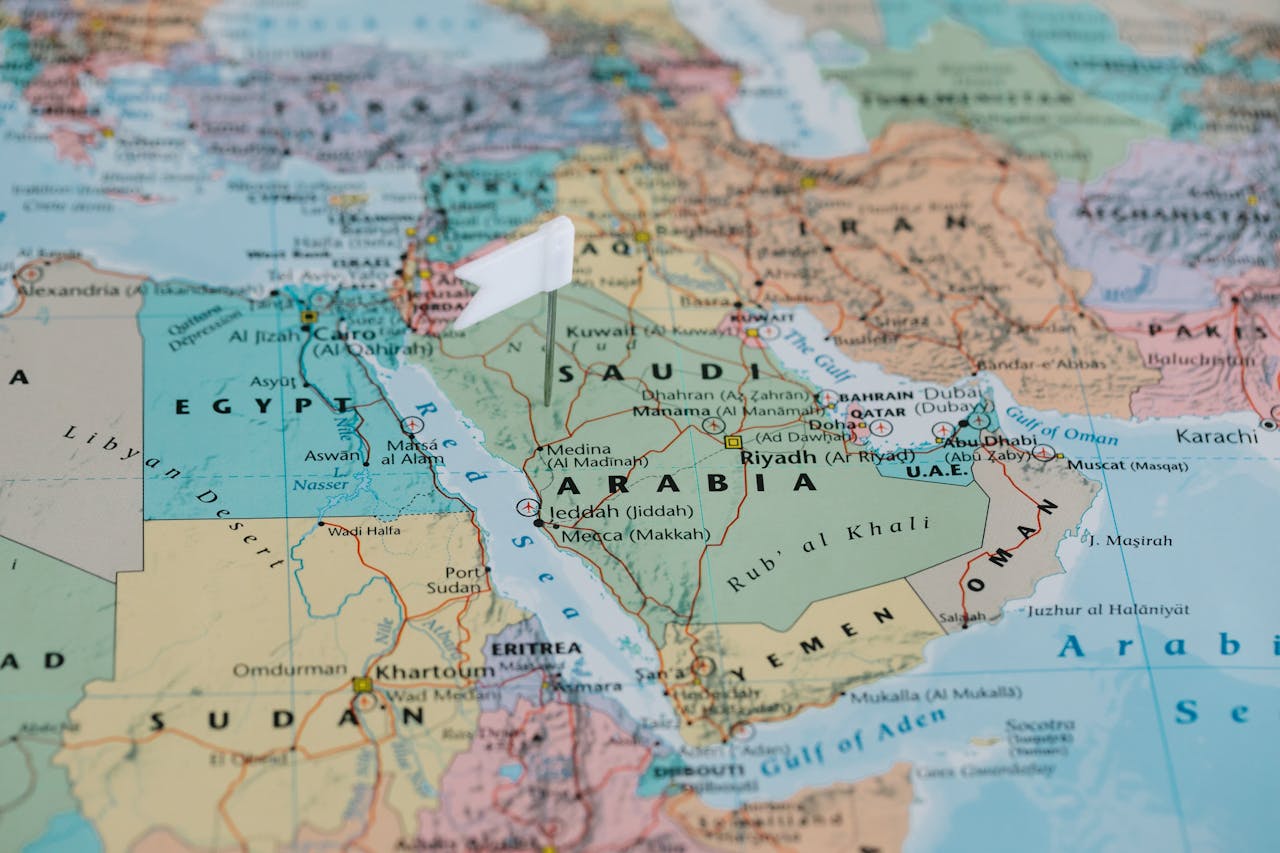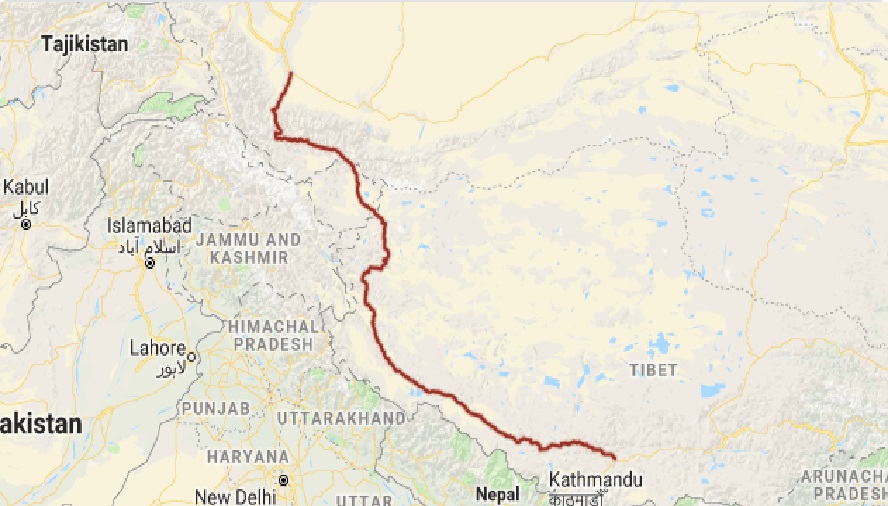India, one of the most ancient civilizations and a cradle of human culture, derives its name from a fascinating amalgamation of history, culture, and linguistic evolution. The origins of the name “India” span thousands of years and trace back to the interactions between its indigenous peoples and the external civilizations they encountered. Let’s explore the journey of how India came to be known by this name.
1. The Sindhu Connection
The earliest roots of the name “India” are found in the Rigveda, one of the oldest known texts, composed around 1500 BCE. In the Rigveda, the term Sindhu referred to the mighty river we know today as the Indus River. Flowing through the northwestern part of the Indian subcontinent, the Sindhu was central to the life, economy, and spirituality of the early inhabitants.
The word “Sindhu” was not just the name of the river but also symbolized the region it nourished. For the Vedic people, the Sindhu region represented prosperity, fertility, and civilization.
2. The Persian Influence: From Sindhu to Hindu
As the region began interacting with external civilizations, especially the Persians, linguistic transformations began to take place. Ancient Persian explorers and traders encountered the Sindhu River but pronounced it differently due to their language’s phonetic structure.
The Persians replaced the “S” sound with an “H,” rendering Sindhu as Hindu. Thus, the land beyond the Indus River became known as the land of the Hindus. Importantly, this usage laid the groundwork for naming the region not just geographically but culturally, as the term “Hindu” came to represent both the people and the religious identity tied to the region.
3. The Greek Connection: Indos and India
In the 4th century BCE, when Alexander the Great embarked on his campaign to conquer the known world, his armies crossed into the Indian subcontinent. Greek chroniclers, influenced by the Persian term Hindu, referred to the region as Indos.
This Hellenistic adaptation further morphed when the Roman Empire inherited the term, calling it India. The name persisted in European languages and became a common way to refer to the land beyond the Indus.
4. Bharat: The Indigenous Name
While “India” took root in global nomenclature, the people of the subcontinent had their indigenous name: Bharat. This name is deeply rooted in Indian mythology and history, referring to King Bharata, an ancient ruler mentioned in the Mahabharata and other Vedic texts.
The name Bharat symbolizes unity and pride for many Indians and is still widely used within the country. The Indian Constitution officially recognizes the nation as “India, that is Bharat.”
5. The Evolution of Hindustan
Another significant term that evolved alongside India was Hindustan. Originating from the Persian influence, Hindustan combined “Hindu” (people of the Indus) with “-stan,” meaning “land.” Thus, Hindustan meant the “land of the Hindus.”
Initially, Hindustan referred to the northern plains of India, where Persian cultural and linguistic influences were most pronounced. Over time, however, it became synonymous with the entire Indian subcontinent, especially during the Mughal period.
6. Colonial Legacy and the Reinforcement of ‘India’
When European powers arrived in India during the 15th and 16th centuries, the term India was already in widespread use globally, thanks to Greek and Roman influences. The Portuguese, Dutch, French, and British adopted this name, perpetuating its use in their interactions with the region.
The British, who colonized India from the 18th to the mid-20th century, institutionalized the term in governance, trade, and global diplomacy. Consequently, “India” became the internationally recognized name for the subcontinent.
7. Post-Independence Identity
When India gained independence in 1947, the question of its official name arose. Leaders and scholars debated whether the country should exclusively use its indigenous name Bharat or retain the globally recognized India.
Ultimately, both names were enshrined in the Constitution, symbolizing the country’s dual identity:
“India, that is Bharat, shall be a Union of States.”
This dual nomenclature reflects India’s rich and layered history, balancing its ancient heritage with its modern, global identity.
8. Symbolism in the Name ‘India’
The name “India” carries immense symbolic weight. For many, it represents not just a geographical entity but a historical narrative of resilience, adaptation, and continuity. As a land of diverse cultures, languages, and religions, India’s name has transcended mere description to become a symbol of unity in diversity.
Conclusion
The journey of how India got its name is a story of evolving civilizations, linguistic transformations, and cultural exchanges. From the Vedic chants of the Sindhu to the Persian influence of Hindu, the Greek adaptation of Indos, and the colonial reinforcement of India, the name encapsulates millennia of history.
Even as the world knows it as India, the land’s heart beats as Bharat, a name that echoes its timeless heritage and eternal spirit. This dual identity bridges its ancient roots and modern aspirations, embodying the essence of a civilization that continues to inspire the world.


